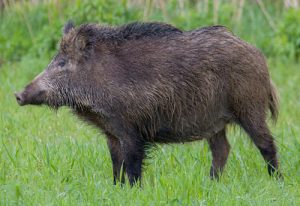The En24 reports the Spanish Agency for Food Safety and Nutrition (AESAN) has received updated information from Catalonia, through the Coordinated System for Rapid Information Exchange (SCIRI), on the presence of ‘Listeria monocytogenes’ in different meat products heat-treated elaborated in the Embotits D’Oix establishment, extending the product recall to batch 2115 of the same products.
 With the information available no case has been confirmed in Spain associated with this alert, although it is recommended that people who have the products included in this alert at home refrain from consuming them and return them to the point of purchase.
With the information available no case has been confirmed in Spain associated with this alert, although it is recommended that people who have the products included in this alert at home refrain from consuming them and return them to the point of purchase.
Although the Catalan health authorities already informed AESAN on April 16, they have now provided new information regarding the withdrawal of different heat-treated meat products produced in the establishment due to the presence of Listeria monocytogenes and lack of sanitary guarantees.
In the course of the investigations carried out, the Catalan Public Health Agency has extended the product recall to batch number 2115, of the same products affected by this notification. With the new information, the data of the products involved in this alert are: Botifarra d’ou, Bull blanc, Botifarra negra, Botifarra de fetge and Botifarra all julivert.
In addition, the batches involved are: 2106 2107; 2108; 2109; 2110; 2111; 2112; 2113; 2114 and 2115. The distribution has been made in Catalonia, Aragon, Balearic Islands, Castilla-La Mancha, Valencian Community and Madrid. This information has been transferred to the competent authorities of the autonomous communities through the SCIRI, in order to verify the withdrawal of the affected products from the marketing channels.











